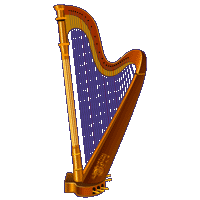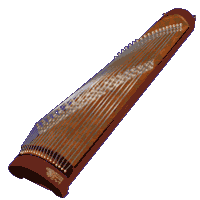
The sitar is a stringed instrument with a hollow wooden body and multiple frets. Some sitars have up to 21 strings; many more than a classical guitar, which generally has six. Just as with a guitar, the strings of a sitar are plucked to create sound. Sitars are however different to guitars as the bridge of a sitar is always curved, which changes the way the string vibrates. And this feature contributes to its unique and unmistakable sound.

The sitar originates from the Indian subcontinent and dates to the Medieval period. A major feature of Indian popular music it experienced a renaissance in western music culture when it was incorporated into tracks by artists such as The Beatles. Ravi Shankar was a well-known sitar player who helped to bring the instrument to a Western audience.

Shankar toured globally in the 1950s playing classical Indian songs, many of which he had composed himself. Shankar famously tutored George Harrison of the Beatles in the mid-1960s. Harrison went on to include the instrument in a number of his songs and this made the instrument instantly fashionable. Its popularity in Western music decreased from the 1970s onwards but its unique qualities still make it an attractive addition to a variety of musical genres.
Experience the sitar in less than one minute, anywhere, anytime. You can use your computer, tablet or even mobile device.
Anyone can experience the sitar through Virtual Piano. You don’t need to be able to read music or to have played the sitar before. Virtual Piano music sheets contain letters that correspond to the keys from a QWERTY keyboard. So it’s quick and simple to pick up. You can enjoy playing the sitar instantly - anywhere, anytime.

























